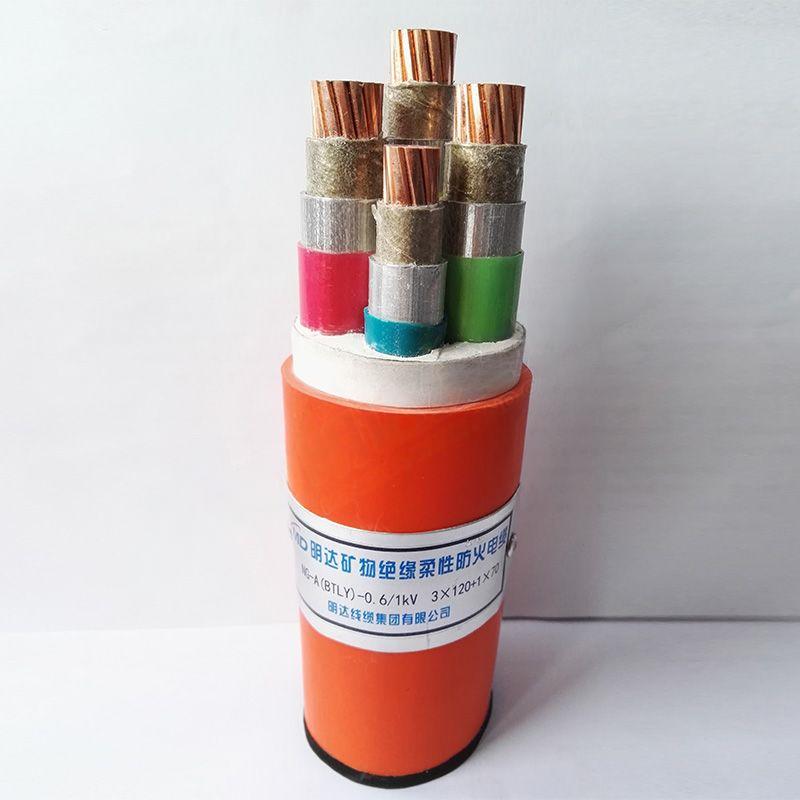നവം . 15, 2024 22:52 Back to list
u type butterfly valve
Understanding U-Type Butterfly Valves A Comprehensive Overview
In various industrial applications, controlling the flow of fluids is paramount. One of the most efficient devices used for this purpose is the butterfly valve. Among the types available, the U-type butterfly valve stands out due to its unique design and functionality. This article aims to explore the characteristics, advantages, applications, and considerations for using U-type butterfly valves.
Design and Construction
U-type butterfly valves are characterized by their distinctive U shaped disc, which is positioned within the valve body. The valve body is typically made of durable materials such as stainless steel, carbon steel, or plastic, catering to a wide range of fluid types and operating conditions. The U-shape not only enhances the flow characteristics but also minimizes pressure drop, making it an excellent choice for applications where efficiency is critical.
The valve operates on a simple principle when the disc is rotated about a vertical axis, it either allows or restricts the flow of fluid. This rotating action can be controlled manually or through automated systems, offering flexibility in operation.
Advantages of U-Type Butterfly Valves
1. Flow Control Efficiency The design of U-type butterfly valves permits excellent flow control, providing a tight seal when closed and minimizing leakage. This is particularly important in sectors such as water treatment, oil and gas, and chemical processing, where preventing leaks can save significant costs and reduce environmental risks.
2. Compact Design U-type butterfly valves boast a compact design compared to other valve types, such as gate or globe valves. This makes them easier to install in tight spaces, which can be a considerable advantage in industrial settings where space is at a premium.
3. Lightweight The lightweight nature of these valves reduces installation costs and makes them easier to handle. Their reduced weight also contributes to less wear and tear on piping systems, prolonging their lifespan.
4. Quick Operation The quarter-turn operation of U-type butterfly valves allows for fast opening and closing. This rapid response is crucial in processes requiring immediate flow control adjustments, enhancing operational efficiency.
5. Versatility U-type butterfly valves are suitable for various applications, from water supply systems to complex industrial processes involving corrosive or high-temperature fluids. They can be used in both on-off and throttling service.
u type butterfly valve

Applications
U-type butterfly valves are commonly used in a multitude of industries due to their versatility. For instance, in the water and wastewater treatment industry, these valves assist in regulating the flow of contaminants and managing pressure systems. In the oil and gas sector, they are employed to control the flow of hydrocarbons and other fluids, ensuring safe and efficient operations.
Additionally, U-type butterfly valves find applications in HVAC systems, chemical processing plants, and pulp and paper manufacturing. Their ability to handle various temperatures and pressures makes them a reliable choice across different sectors.
Considerations for Use
While U-type butterfly valves offer numerous benefits, there are some considerations to keep in mind
1. Fluid Type Depending on the medium being handled, the choice of materials for the valve body and sealing can significantly impact performance. It is crucial to select materials that resist corrosion and wear.
2. Pressure and Temperature Ratings Ensure that the chosen valve meets the required pressure and temperature specifications for the application. This helps in avoiding failures and prolongs the lifespan of the valve.
3. Installation Orientation While U-type butterfly valves can be installed in various orientations, the orientation may affect the operation and maintenance. It is essential to follow manufacturer guidelines for optimal performance.
4. Maintenance Although butterfly valves require less maintenance compared to other types, regular inspections are still recommended to ensure longevity and functionality.
Conclusion
U-type butterfly valves represent a significant advancement in flow control technology, offering various benefits across multiple industries. Their unique design, efficiency, and adaptability make them a preferred choice for many applications. By understanding their advantages and considering relevant factors, industries can utilize U-type butterfly valves to enhance their operational efficiency and reduce costs. Embracing this technology can lead to improved processes and greater overall effectiveness in fluid management.
Share
-
Advanced Technology in Wire and Cable FactoryNewsAug.19,2025
-
Applications of Ball Check Valve in Water Treatment PlantsNewsAug.19,2025
-
How Osy Gate Valve Ensures Leak - Tight SealingNewsAug.19,2025
-
Selection Criteria for Wafer Type Butterfly ValveNewsAug.19,2025
-
Threaded Ball Valve Pressure RatingsNewsAug.19,2025
-
Y Strainer PN16 Cost - Effectiveness AnalysisNewsAug.19,2025


